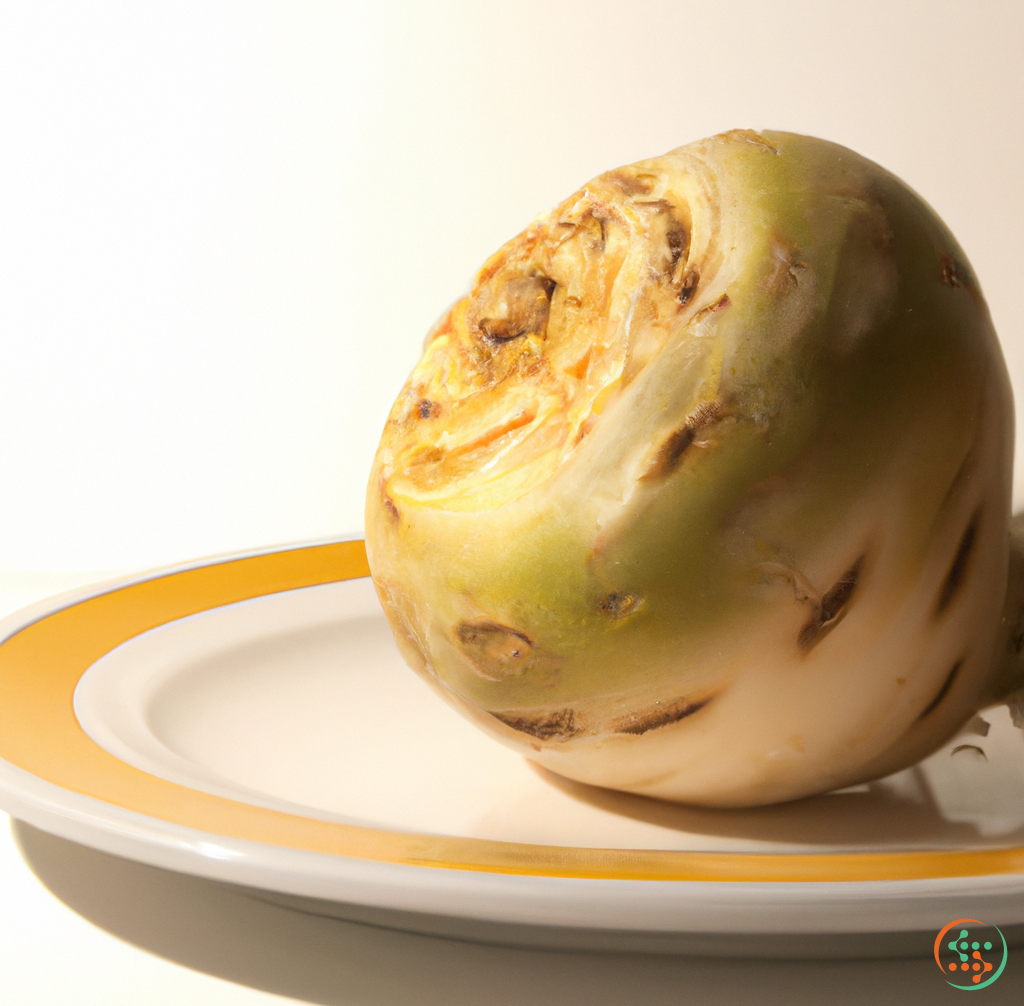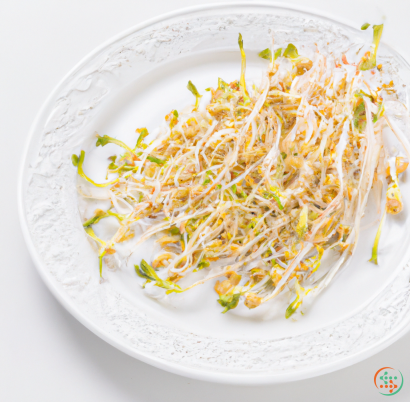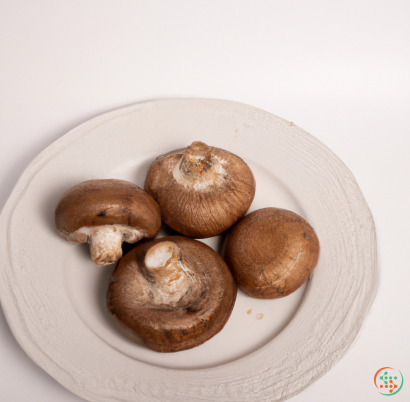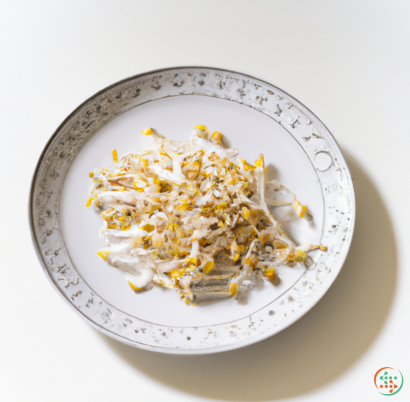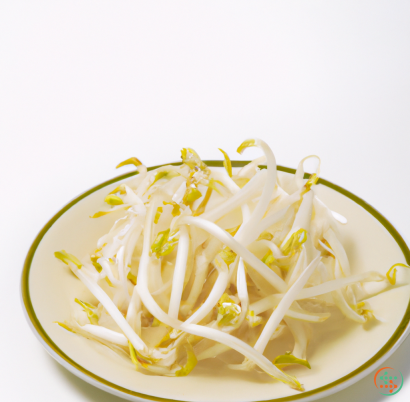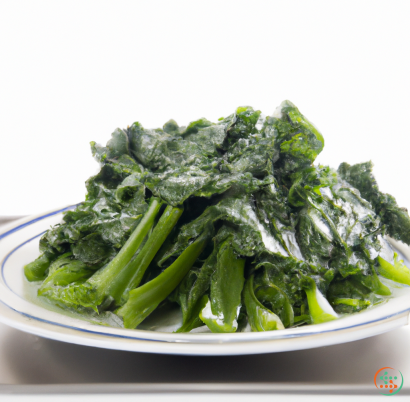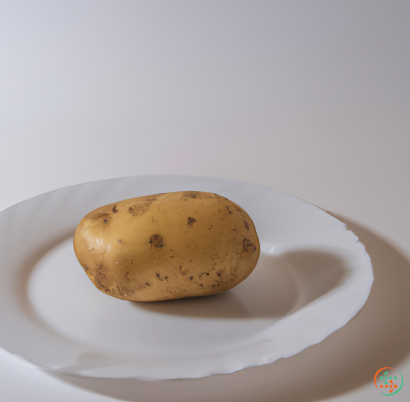Rutabaga
What is a Rutabaga?
A rutabaga is a root vegetable that falls under the same family of vegetables as turnips, cabbage, and Brussels sprouts. It is a cross between a turnip and a cabbage, and can be mashed, boiled, or roasted. It has a mild, slightly sweet flavor, and is a great addition to any meal.
Attributes of a Rutabaga
Rutabagas are a biennial plant, meaning it takes two years for them to mature from seed to harvest. The plant generally begins its life as a biennial in the fall and should be ready to be harvested by late summer the following year. They are hardy plants and can withstand cold temperatures and frost, which is why they are common in colder climates.
Their skin is usually rough and brown in color, and can be peeled with a vegetable peeler to reveal the lighter, yellowish-orange flesh beneath. The flesh has a slightly sweet potato-like flavor and holds its shape when cooked, making it perfect for mashing, roasting, and boiling, as well as being enjoyed raw in salads.
Nutrient Benefits of Rutabagas
Rutabagas are a great source of dietary fiber, vitamins, and minerals. They are high in Vitamin C – providing almost 50% of the recommended daily allowance (RDA) in a ½ cup serving – as well as vitamins B6 and K, calcium, and iron. Rutabagas are also a good source of polyphenols, which are natural antioxidants that help reduce inflammation and protect against chronic disease.
The fiber content of a rutabaga also aids in digestion and helps maintain regularity. A half cup serving of rutabagas provide 6.8 grams of fiber, which is more than 20% of the RDA.
Cooking with Rutabagas
Rutabagas can be cooked in many ways to make delicious dishes. They can be boiled and mashed like potatoes, diced and roasted, or chopped and added to soups and stews. They can also be pureed and used as a thickener for sauces or gravies.
Boiling is probably the most popular method of cooking rutabagas. To boil them, simply peel the rutabaga and cut it into ½-inch cubes. Place the cubes into boiling, salted water and let them simmer for 20-30 minutes, or until tender. Once cooked, they can be mashed like potatoes, or served as a side dish with butter and salt.
For even more flavor, try roasting the rutabagas. Preheat the oven to 375°F (190°C), then dice the rutabagas into ½-inch cubes and toss with olive oil and seasonings. Roast them in the oven for 25-30 minutes, or until golden and crispy.
Making Pickled Rutabagas
Another popular method of preserving and enjoying rutabagas is pickling them. Pickled rutabagas can be tossed in salads, added to sandwiches, or eaten as a snack.
To make pickled rutabagas, trim the ends of the rutabagas and peel them with a vegetable peeler. Slice the rutabagas into thin matchstick-sized pieces and add them to a glass mason jar or pickling crock.
Mix together vinegar, water, salt, optional spices (e.g. peppercorn, allspice, mustard seed, etc.), and sugar in a saucepan and bring to a boil. Pour the hot liquid over the rutabagas, making sure they are completely covered. Seal the jar with a lid and store in the refrigerator for up to six months.
Conclusion
Rutabagas are a humble root vegetable that can easily be overlooked, but they provide a delicious addition to any meal. Whether boiled, mashed, roasted, or pickled, rutabagas are a great way to add more nutrition and variety to your plate.
Rutabagas provide high levels of dietary fiber, vitamins and minerals, as well as antioxidant compounds that can help protect against chronic disease. Enjoy them by boiling them, roasting them, or using them to make pickles. No matter how you choose to prepare them, rutabagas will be sure to please!
From Seed To Dinner Plate: How a Rutabaga Travels
From the dinner plate to the store or farmer’s market and back, the origins of our food can be a mystery. But have you ever stopped to consider the journey a food like a rutabaga may take before it becomes dinner? It’s a fascinating process to trace, so let’s take a look at how a rutabaga is created and travels to a dinner plate!
We’ll start with what a rutabaga is. Rutabaga, also known as swede, is a root vegetable closely related to the turnip. It is a type of Brassica oleracea, which is a species of plant in the same family as cabbage, kale, collard greens, and broccoli. A rutabaga is round, with a white-yellowish flesh under its purple-brown skin. It is often used as a substitute for potatoes, and also makes a delicious addition to stew and soup recipes.
The journey to the dinner plate for a rutabaga begins with a seed. To achieve the highest yield possible, vegetable farmers select high-quality seeds from reputable seed companies to plant in their fields. This particular type of seed usually has a higher germination rate, meaning it will be more successful in germinating and growing in the conditions of the farm.
Once the land is prepared, the farmers will sow the seeds. For maximum efficiency and minimum labor, they may use a mechanical planter. This contraption pushes the seeds deep into the earth, dispersing them evenly across the field. Some older, organic methods require sowing the seeds by hand, one by one, but this is often a time consuming process.
With the right combination of heat, sun, and water, the little seed will soon wake up and begin to sprout out of the soil. The rutabaga seedlings require a certain amount of hours of sunlight each day to grow properly, so farming in particular areas of the world where the temperature and light conditions are just right is important. They may also be given a bit of extra help, like fertilizer, watering, weeding and more, to assure an abundant, healthy harvest.
Once the rutabaga has sprouted and has begun to establish itself, the seedlings will develop into larger plants. The leaves of the plant then reach up and spread outward towards the sun. The rutabagas may receive additional nutrition through different types of fertilizers, like manure and compost, and finally begin the process of flowering and forming the root itself. This root is the edible, nutrient-filled part of the rutabaga!
When the rutabagas are ripe, it’s time for the harvest. Farm workers must carefully pull the rutabagas from the ground, taking care to not damage the delicate roots. This is done by either hand or with a harvesting machine. The harvested rutabagas are then bagged up, placed in bins, and brought to the sorting area. Here, the rutabagas are sorted and checked for quality, size, shape, and contamination.
Next, the bags and bins of sorted rutabaga go off to pre-cooling, where they are rapidly chilled in iced or cooled water. This process helps to slowly lower the temperature inside the vegetables, mitigating any spoilage or disease. They are then delivered to the packing house, where they are again scrutinized, washed, waxed, and packed in bags or boxes.
From the packing house, the rutabaga is transported to the store or market of your choice. Here it will be stored in coolers or refrigerators, awaiting purchase. When you bring home your rutabaga, it has now completed its journey from seed to dinner plate! Congratulations!
Now that you have your rutabaga, what’s next? You can peel and cube it up to add to a stew or soup, roast it with other vegetables, mash it with potatoes, or even make it into chips! How you choose to prepare your rutabaga is up to you. So enjoy getting creative in the kitchen and making something delicious with your rutabaga.
Though it’s almost impossible for us to follow the journey of every single vegetable we eat, it’s interesting to consider the process that a rutabaga must make before it lands on our dinner plate. From seed to harvest to store, a lot of work and detail has gone into making that rutabaga available to us!
| Beta-Carotene | 0.001 mg | |
| Vitamin E | 0.3 mg | |
| Vitamin K | 0.3 ug | |
| Vitamin C | 0.025 grams | |
| Vitamin B1 | 0.09 mg | |
| Vitamin B2 | 0.04 mg | |
| Vitamin B3 | 0.7 mg | |
| Vitamin B4 | 0.0141 grams | |
| Vitamin B5 | 0.16 mg | |
| Vitamin B6 | 0.1 mg | |
| Vitamin B9 | 0.021 mg |
| Calcium | 0.043 grams |
Daily Value 1.3 g
|
| Iron | 0.44 mg |
Daily Value 0.018 g
|
| Magnesium | 0.02 grams |
Daily Value 0.4 g
|
| Phosphorus | 0.053 grams |
Daily Value 1.25 g
|
| Potassium | 0.305 grams |
Daily Value 4.7 g
|
| Sodium | 0.012 grams |
Daily Value 2.3 g
|
| Zinc | 0.24 mg |
Daily Value 0.011 g
|
| Copper | 0.03 mg |
Daily Value 0.9 mg
|
| Manganese | 0.13 mg |
Daily Value 0.0023 g
|
| Selenium | 0.7 ug |
Daily Value 0.055 mg
|
| Glucose | 2.3 grams |
|
| Fructose | 1.61 grams |
|
| Sucrose | 0.53 grams |
|
| Maltose | 0.02 grams |
|
| Total Sugars | 4.5 grams |
per 100g
|
| Palmitic acid (16:0) | 0.02 grams |
|
| Total Saturated fatty acids: | 0.02 g | |
| Oleic acid (18:1) | 0.03 grams |
|
| Total Monounsaturated fatty acids: | 0.03 g | |
| Linolenic acid (18:3) | 0.05 grams |
|
| Linoleic acid (18:2) | 0.04 grams |
|
| Total Polyunsaturated fatty acids: | 0.09 g | |
